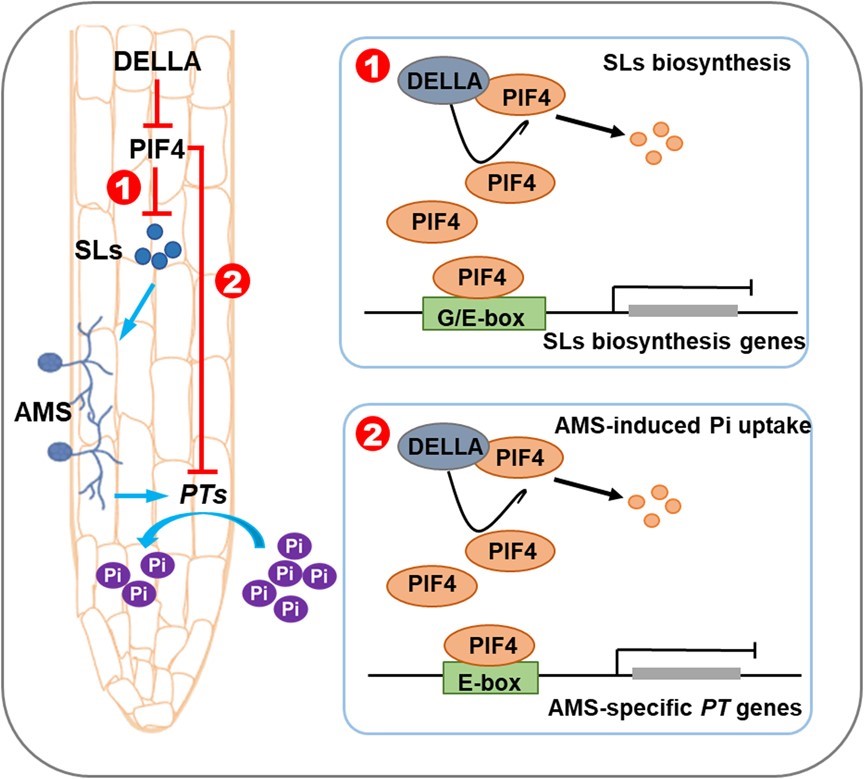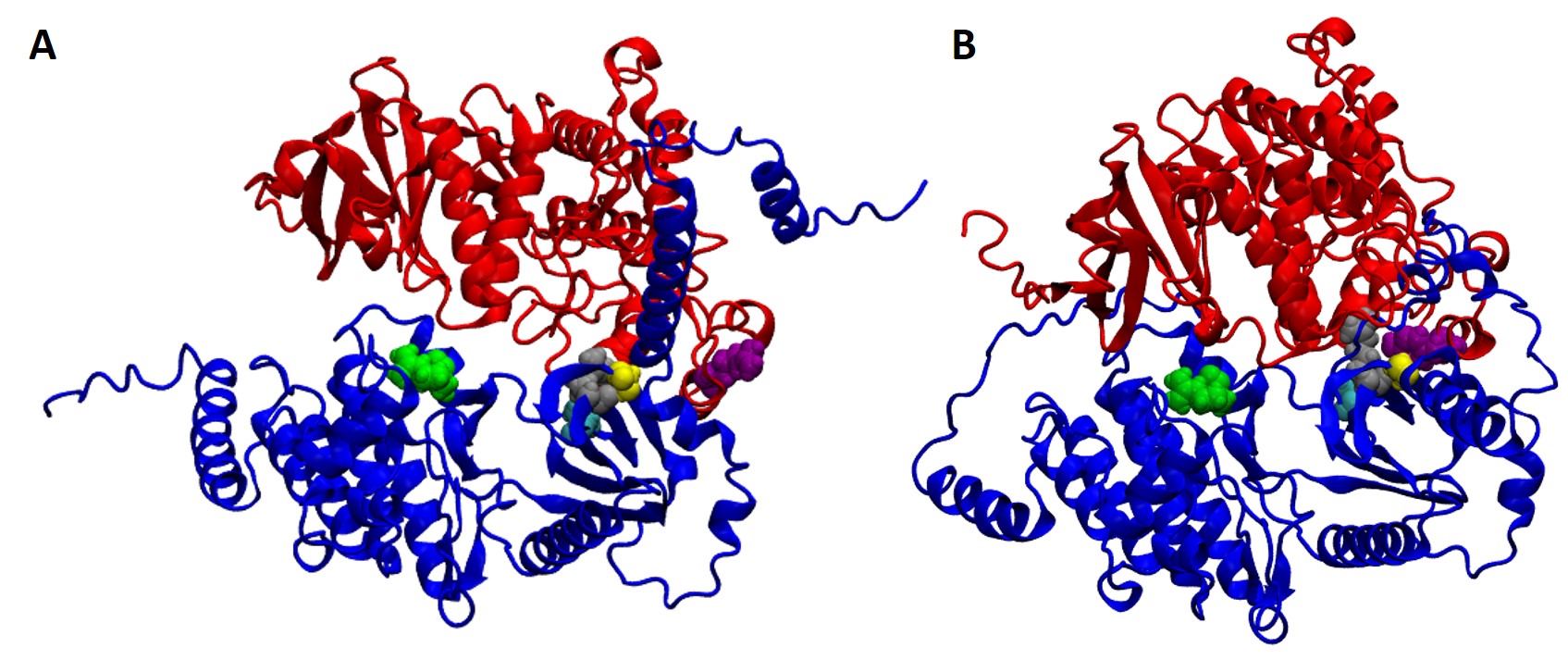Researchers have uncovered a pivotal genetic mechanism that enables tomatoes to enhance phosphate uptake by partnering with arbuscular mycorrhizal fungi. This discovery opens new possibilities for improving crop yields and reducing the environmental impact of fertilizer use, marking a significant step toward more sustainable agricultural practices.


